![]() Menu
Menu

Granite waste can be used as byproduct in a range of different applications. • Product environmental footprint can be reduced by 35–80%. Abstract. The granite production chain is high energy and water intensive with low resource efficiency.

The waste generation is an unavoidable problem that is a characteristic of many production processes, instigating an increase in both environmental pollution and

The belite clinker was synthesized in the hightemperature furnace by calcining the mixture of industrial waste (~ 18%) (granite cutting waste and silicagel
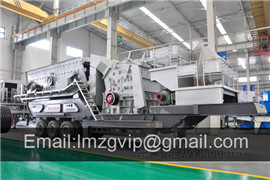
The literature shows that, valorisation of granite waste as a flux for production of ceramic tiles is still a promising field that requires indepth research to
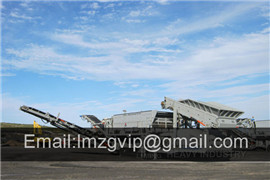
Waste from crushed stone production rock, which includes: quartzite 90–98 %, pyrophyllite 1–9 %, ore mineral 0.3–1 %. The results of the experiment

Granite waste (obtained in the form of mud), red clay and a porcelain tile formulation (ceramic mass: kaolin, ball clay and feldspar; the same studied with the
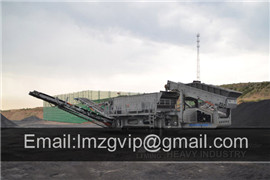
The waste generated from wire dressing is in the form of small pieces of granite. During block cutting, about 40% of the total water used by the industry per day is

The waste was found favorable in the production of ceramic tiles, as the gained values of modulus of rupture and water absorption were 28.68 MPa and 1.33%,

In this study, the authors proposed a viable method for the recovering and utilization of granite waste as a secondary flux in the production of ceramic tiles. To make

So the waste granite pulp can sell well in this field. 5. Ceramic. The waste granite contains the chemical composition needed to produce traditional ceramics. So,

Granite dust waste is produced in the rock mining during blasting and crushing of rocks. It is retained a high amount of SiO 2 and Al 2 O 3 with some amount of fluxes (Na 2 O & K 2 O) and coloring compound (Fe 2 O 3) . So far, this waste can also be considered as alternatives for the conventional raw materials of ceramics.
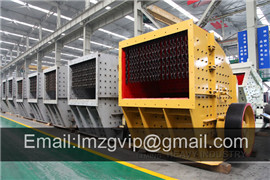
Natural dimension stone processing generates large volumes of stone waste, which have a significant impact on the environment, as well as on the efficiency and profitability of the stoneprocessing plant. The article presents the characteristics of waste produced as a result of natural dimension stone processing and the structure of the
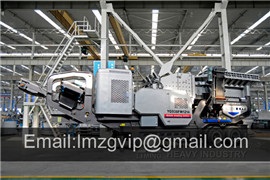
Granite waste (obtained in the form of mud), red clay and a porcelain tile formulation (ceramic mass: kaolin, ball clay and feldspar; the same studied with the incorporation of mollusk shell powder elsewhere ) were collected in industries from the State of Paraíba Brazil.These raw materials were dried at 110 °C, ground in a ball mill

In this study, the authors proposed a viable method for the recovering and utilization of granite waste as a secondary flux in the production of ceramic tiles. To make a fine powder, the granite waste was crushed and pulverized. Different batch compositions with varying proportions of granite powder were made and burned at different sintering
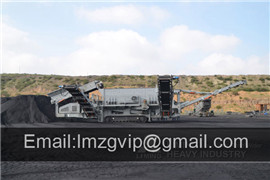
Production waste of granite rubble is a serious problem for many manufacturers. Year after year quantity of granite waste is growing, but manufacturers are still unlucky to find new ways where properly utilize this waste. The main problem is, that waste of granite has high quantity of impurities and its specific surface is greater, than

Chemical analysis of granite waste. Author CaO SiO 2 Fe 2 O 3 MgO Al 2 O 3 SO 3 Na 2 O LOI K 2 OC SOa 3 MnO CL Abukersh, S. and Fairfield, C., 2011 3.69 61.4 3.66 1.7 16.3 0.05 3.62 5.01 3.75

Granite stone is highly demanded by construction sector. In the processing stage, great amounts of waste powder are produced that can be used as cement replacement in concrete production. Reduced workability is the first problem of this replacement and it can be mitigated by using superplasticizers (SP). This study was

Since granite powder waste has not been used for industrial purposes for at least 30 years, it is estimated that the current deposits amount to 20 million tons. The storage of this material in heaps causes soil contamination (pH change), plant pollination, silicosis, and even lung cancer in humans. Granite Powder Waste Production Process.

granite sludge in production of bricks. AlZboon et al, 2010, utilized stone cutting sludge waste in the manufacture of building bricks. The results indicated that the mixtures of aggregate with added amount of sludge (<50 %) were used successfully in producing nonload bearing bricks. A similar study by

and iron which has the compatibility to acid soils, granite waste powder is used as a suitable means to neutralize acid soils [Barral et al., 2005]. Use of granite and marble rock waste found to be effective in the production of concrete for civil construction [Hanifi et al., 2008]. Use of municipal solid waste
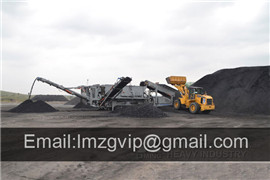
Different materials can used as filler materials including stone dust, waste tiles, ceramic materials, waste foundry sand 23. In this research, waste marble has been used as filler material.
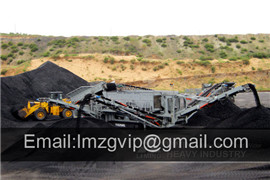
Besides preventing valuable natural resources from going to waste, using stone waste from stone processing plants in concrete helps reduce environmental pollution and, therefore, offers a convenient route to sustainable development. The present study aims to use granite waste (GW) in highstrength refractory concrete. Sixteen high
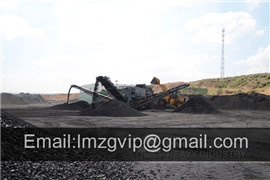
The waste was found favorable in the production of ceramic tiles, as the gained values of modulus of rupture and water absorption were 28.68 MPa and 1.33%, respectively. The parameters defined in the series of standards EN ISO 10545 were tested on a semiindustrial probe, determining that this combination of materials (without the
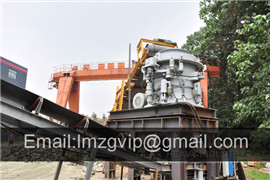
Chemical analysis of granite waste. Author CaO SiO 2 Fe 2 O 3 MgO Al 2 O 3 SO 3 Na 2 O LOI K 2 OC SOa 3 MnO CL Abukersh, S. and Fairfield, C., 2011 3.69 61.4 3.66 1.7 16.3 0.05 3.62 5.01 3.75

One of the significant problems in the production of ceramic tiles is the very high consumption of natural resources such as clay, feldspar, and quartz. The possibility of replacing part of the formulation of ceramic batches is of great importance. In this research, the possibility of using aplitic granite waste from dimensional stone production was

Objective: Huge quantity of granite production leads to the collection of enormous quantity of slurry. Random disposal of this generated waste degrades the environment in numerous ways. Methods/Analysis: Granite slurry waste does not contain silt or organic impurities. Also, the use of this waste in place of cement will reduce energy demand
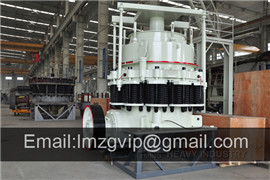
Since granite powder waste has not been used for industrial purposes for at least 30 years, it is estimated that the current deposits amount to 20 million tons. The storage of this material in heaps causes soil contamination (pH change), plant pollination, silicosis, and even lung cancer in humans. Granite Powder Waste Production Process.

granite sludge in production of bricks. AlZboon et al, 2010, utilized stone cutting sludge waste in the manufacture of building bricks. The results indicated that the mixtures of aggregate with added amount of sludge (<50 %) were used successfully in producing nonload bearing bricks. A similar study by
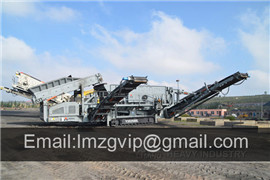
(2006), marble and granite waste can be used to obtain durable clay products. In their study, an attempt was made to test the possibility of recycling marble and granite waste in claybased materials production. Several brick compositions have been formulated using varying proportions of the marble and granite waste. The tailings have
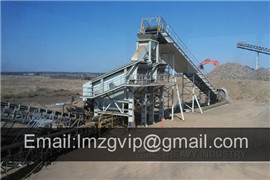
The physical and chemical characterization of the GP waste was also addressed. The experimental parameter was the percentage of granite powder substitution. The cubes and cylinders were prepared using 0%, 5%, 10%, 15%, 20% and 25% of fine/natural aggregate substituted by GP waste. To understand fully the influence of GP waste on the behavior